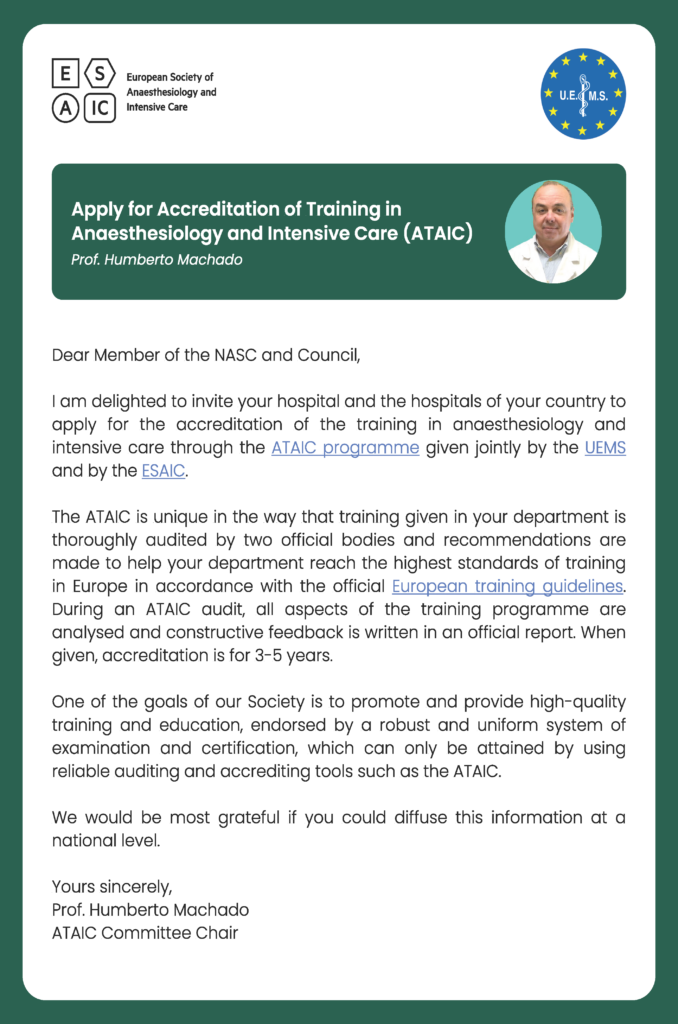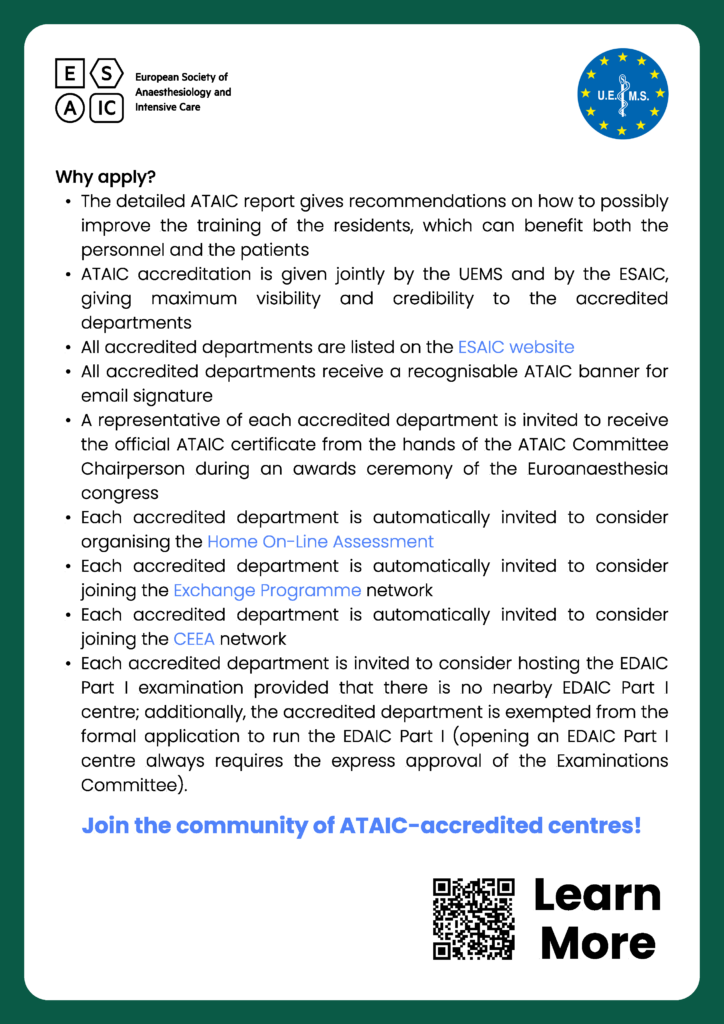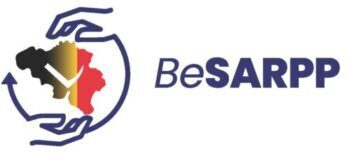IARS Membership
The International Anesthesia Research Society (IARS) has established new membership categories for early-career and allied health members as well as discounted membership options for anesthesia professionals in Low- and Middle-Income Countries (LMIC). We hope you and your members will take advantage of these new membership options and the resources that come with IARS membership.
View the IARS membership categories and join.
IARS membership offers:
- Monthly issues of Anesthesia & Analgesia, providing practice-oriented, clinical and preclinical research.
- Monthly issues of A&A Practice, with short peer-reviewed articles describing unique clinical care, important teaching points, or innovative solutions.
- Discounted registration rates to attend the IARS Annual Meeting.
- Eligibility to apply for research and education grants, including a forthcoming new mentored research grant opportunity for investigators in LMICs.
- Access to engage with thought leaders and peers in insightful, high-quality, clinical discussions in our IARS Online Member Community which includes more than 8,000+ members from over 111 countries.
- Access to an extensive video library of previous educational webinars and meeting sessions.
- Learn more about our member benefits.
With support from members and attendees of our Annual Meeting, IARS is able to offer the following resources free to the global anesthesiology community:
- Free membership for fellows, trainees, medical students and others in training.
- Free live webinars led by thought leaders on important topics in anesthesiology and global health.
- Free library of select articles, podcasts and videos from A&A.
- Free comprehensive podcasts, vodcasts and topic summaries on the OpenAnesthesia® website.
Please contact mwhitbeck@iars.org to let us know if we may be of any further help. We look forward to engaging your organization’s members in the IARS member community.


International obServational sTudy on AiRway manaGement in operAting room and non- operaTing room anesthEsia (STARGATE Study).
This is an international prospective cohort study aiming at tracing the current practice of airway management during anesthesia worldwide. A large international expert panel and Network is already in place and, to date, more than 2500 patients have been already enrolled.
This study will represent an important database and landmark achievement in understanding how evidence is implemented in daily practice and current safety standards of airway management worldwide.
It would be great to have members of your Society in our team and we would also consider the inclusion of a National Coordinator if a significant number of centers from your country would join us.
If feasible, we would also apply for the study endorsement of your Society.
You can find more information in the study website: www.stargatestudy.com
Ouverture poste anesthésie Lobbes
IARS Membership for Residents
The IARS now offers free membership to individuals in anesthesia training, including free access to all content in the online Anesthesia & Analgesia and A&A Practicejournals. IARS will offer discounted membership to anesthesia providers based on the World Bank economy classifications. We invite members of your society to take advantage of these and other IARS resources by visiting our website here.
IARS also cordially invites you and your society’s members to register for our 2024 Annual Meeting held May 17-19, at the Hyatt Regency Seattle, in Seattle, WA. Please mark your calendar for our 2025 Annual Meeting, held March 21-23, at the Hilton Hawaiian Village Waikiki Beach Resort, in Honolulu, HI. Please note that this invitation does not cover any expenses incurred due to attending the Annual Meeting and all expenses are the responsibility of the individual participant.
ESAIC – NASC survey
ESAIC – NASC survey on the working conditions during pregnancy in anaesthesia and intensive care medicine. Men and women doctors working in anaesthesia and/or intensive medicine are kindly invited to take around 5 minutes and respond to this survey:
https://www.surveymonkey.com/r/NASC-Pregnancy
We thank you for participating and all the support in this important international project.
Clinical guideline on reversal of direct oral anticoagulants in patients with life threatening bleeding
Dear members of NASC,
Members of all National Anaesthesia Societies are invited to comment on the new draft guidelines “Clinical guideline on reversal of direct oral anticoagulants in patients with life threatening bleeding” and we would appreciate your input.
These guidelines are produced as a service to ESAIC members and are offered to national anaesthesia societies for local adaptation as desired.
You can access the draft guideline directly on this link.
This document will be available until 14 September 2023. You are invited to comment on the draft guideline through the online comment form.
We would be especially interested to read your thoughts on the following points:
· Practicality: How well do the guidelines address everyday situations and problems in this area?
· Readability: Are the guidelines easy to read? Do they make sense?
· Presentation: Is the layout clear?
· Acceptability and generalizability: Do they fit into practice in your own country? Would the guidelines as written cause problems, or antagonise anyone?
Finally, please declare any conflicts of interests (e.g. relevant industry connections or funding) when you submit your comments as these will be shared with the authors.
The guideline will be available for comment for 4 weeks from the date of this email.
All comments will be received by Dr. Oliver Grottke, Chairperson of the Task Force for this guidelines.
Many thanks for your help.
Peter Kranke
Chair, ESAIC Guidelines Committee
If you have any questions, please contact us at guidelines@esaic.org
Survey SFAR: The use of OFA in 2020 in France
The evaluation of the actual diffusion in 2020, the use of OFA, used molecules and the used modalities. Click here to start the survey.
SARB recommendations for the anesthetic management of patients suspected of being infected or infected by the new coronavirus initially named 2019-nCoV
(last update: 3/04/ 2020 17:30)
BAPA recommendations for the management of COVID-19 pediatric patients
(last update: 30/03/ 2020 14:00)
Dear Colleague,
We would like you to consider participating in the BlueBerry study. This academic study, on the initiative of Pr Habré, University of Geneva, will analyze the safety profile of dexamethasone after tonsillectomy in children compared to placebo. We are currently submitting this study to our Ethics Committee, as well as to the Belgian authorities. In that, we can act as National Coordinator for this study. If you would like to participate in this study, please send us an email with your contact details as soon as possible before March 10th. We can then include your center in the submission. Please refer to the leaflet available here for further information.
Please send your mail to: françoise.degroote@huderf.be, who will act as National Coordinator.
Do not send an email to the Swiss center as they will not handle the submission in Belgium.
Best regards,
Coronavirus Safety Guidelines
In light of the recent outbreak of coronavirus (COVID-19), WFSA has uploaded a new resource outlining safety guidelines for anaesthesia and perioperative care providers. This resource will be updated if and when more information becomes available. Please find more information here.
Cochrane Newsletter
Issue 1 – Fall 2019 is available here.
SQUEEZE Study
A prospective multi-centre international observational study of postoperative vasopressor use
Honor to Philippe Baele
Twenty Years of Collaboration Between Belgium and Benin in Training Anesthesiologists for Africa
Syndromes & rare diseases in Pediatrics: Anesthesia
Syndromes et maladies rares en anesthésie pédiatrique
Very important website in emergency situations when there is few time to go through the literature to find which could be the anesthetic implications of a syndrome or a rare condition presented by a pediatric patient.
Communication regarding the new measures to emphasize the existing limitations of Hydroxyetheyl starch-containing genomic drugs
Graag informeren wij u over het feit dat de opdruk op de Durogesic pleisters voor transdermaal gebruik is aangepast; de pleisters zullen een gekleurde rand bevatten. De pleisters met het nieuwe ontwerp zullen beschikbaar zijn op de markt vanaf eind november. Klik hier voor meer informatie.
On tient à vous signaler que l’impression figurant sur les dispositifs transdermiques Durogesic a été adaptée ; les patchs comporteront dorénavant un bord coloré.
Les nouveaux patchs adaptés seront disponibles sur le marché dès la fin novembre. Cliquez-ici.




